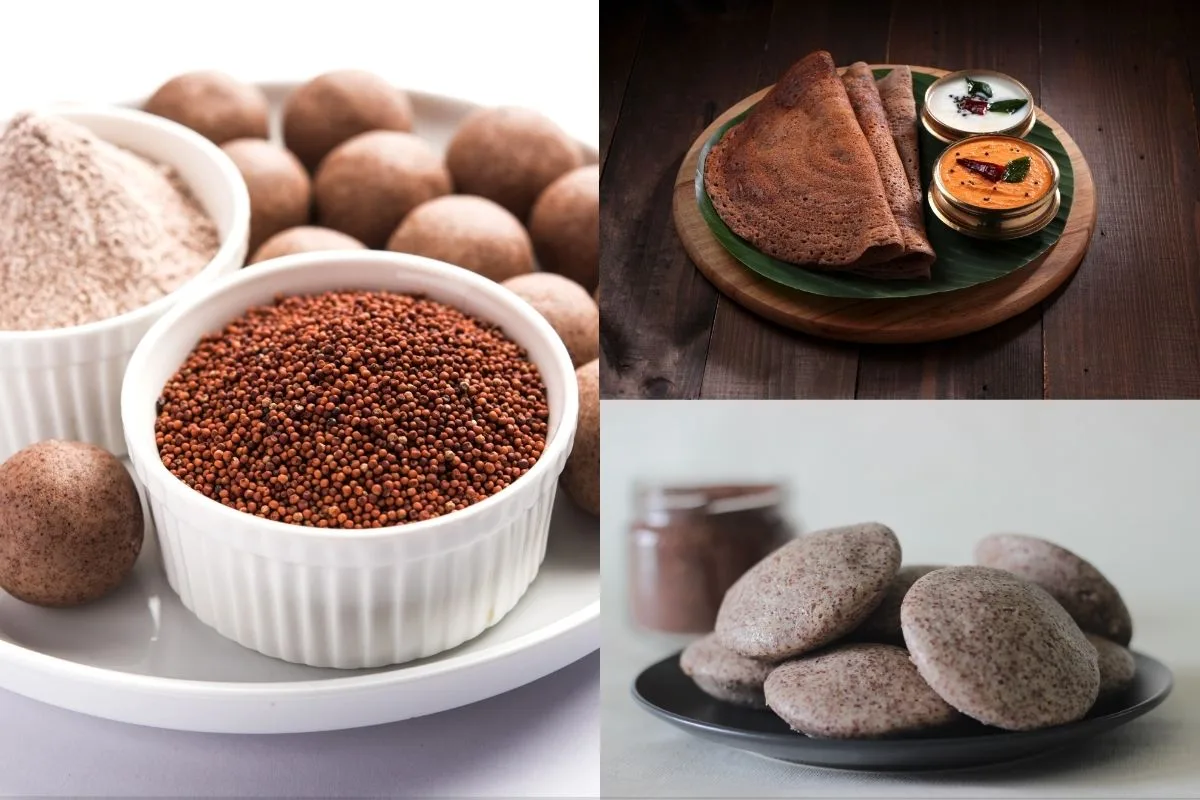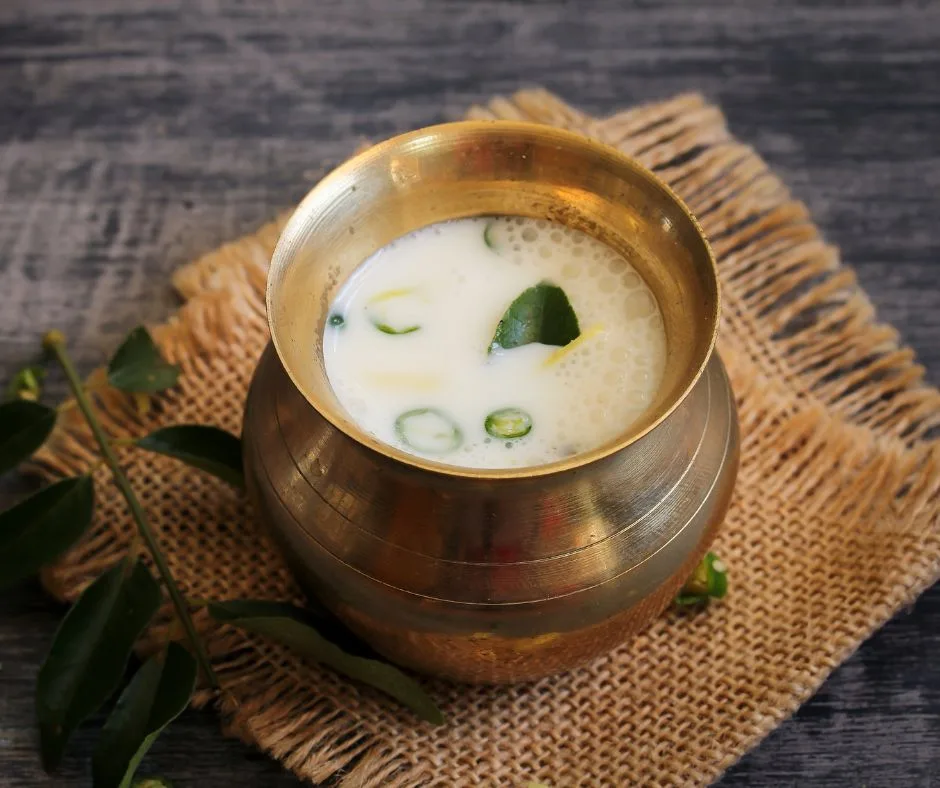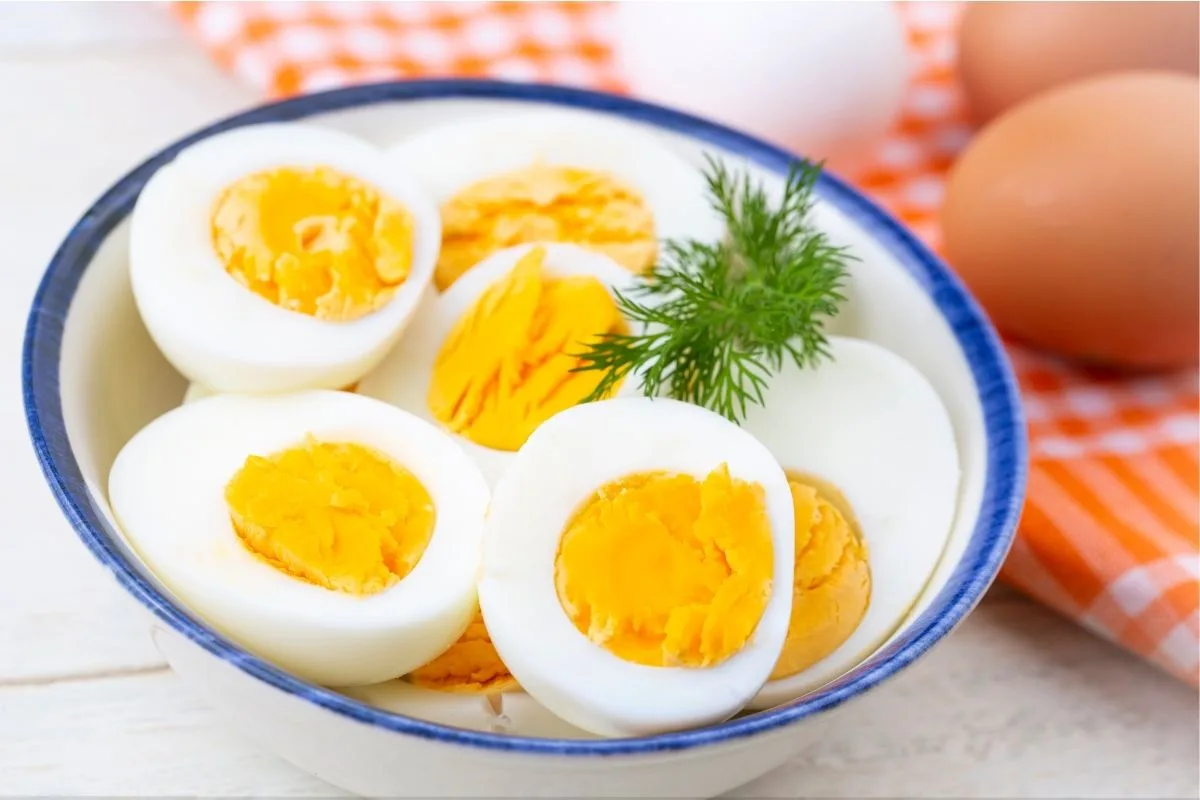Ragi, also known as finger millet, has been a staple in many parts of India and Africa for centuries. This ancient grain is acclaimed not only for its nutritional profile but also for its versatility in culinary applications. In this article, we will delve into the impressive nutritional statistics of ragi, its myriad health benefits, and essential considerations for including it in your diet. By understanding the value of ragi, you can make informed choices to enhance your health and well-being.
Nutritional Information of Ragi
Ragi stands out in the realm of superfoods, offering a rich source of nutrients within just 100 grams. Here’s a breakdown of what makes ragi a formidable addition to your diet:
- Protein: 7.16 g
- Total Fat: 1.92 g
- Dietary Fiber: 11.18 g
- Carbohydrates: 66.82 g
- Energy: 1342 joules
- Iron: 4.62 mg
- Calcium: 364 mg
- Sodium: 4.75 mg
- Potassium: 443 mg
- Zinc: 2.53 mg
This impressive nutrient content reveals why ragi is regarded as a functional food—in other words, a food that offers health benefits beyond basic nutrition. Notably, ragi is gluten-free, making it an excellent option for those with gluten intolerance or celiac disease. Its high fiber content is pivotal for digestive health, while the presence of calcium and iron supports strong bones and overall vitality.
Health Benefits of Ragi
Ragi is not merely rich in nutrients—the benefits it provides can significantly impact your overall health. Below are some of the prominent advantages of including ragi in your diet:
Weight Management
The dietary fiber found in ragi is instrumental in promoting satiety. As a result, incorporating ragi into meals can help regulate appetite, thus playing an essential role in weight management. The slow-release carbohydrates help maintain steady blood sugar levels, which is crucial for individuals trying to shed pounds.
Bone Health
With its remarkable calcium content of 364 mg per 100 grams, ragi serves as a valuable ally in promoting bone health. Calcium is vital for maintaining bone density and strength, and regular consumption of ragi can help prevent conditions such as osteoporosis, especially in regions where dairy products are less consumed.
Rich in Antioxidants
Ragi is a powerhouse of antioxidants that combat oxidative stress in the body. It contains phenolic compounds that have been shown to have anti-inflammatory properties, helping to reduce the risk of chronic diseases such as heart disease and diabetes.
Supports Digestive Health
The high fiber content in ragi (11.18 g per 100 grams) promotes healthy digestion by stimulating bowel function. Regular dietary fiber intake is linked to reducing the risk of constipation and improving overall gut health, making ragi an excellent addition to a balanced diet.
Regulates Blood Sugar Levels
Ragi’s low glycemic index is beneficial for those managing diabetes. The carbohydrates in ragi are digested slowly, leading to a gradual release of glucose into the bloodstream. This helps avoid spikes in blood sugar levels, making ragi a suitable choice for diabetic patients.
Considerations for Ragi Consumption
While the benefits of ragi are manifold, a few considerations should be kept in mind when incorporating it into your diet:
Preparation Methods
Ragi flour can be used to make a variety of dishes such as roti, dosa, and porridge. It’s essential to soak ragi properly before cooking, as this enhances its digestibility and nutritional absorption. Cooking methods can also influence nutrient retention—steaming or boiling may preserve more nutrients than frying.
Quantities Matter
Though ragi is healthy, excessive consumption can lead to imbalances. It’s vital to integrate ragi into a diverse diet. Aim for moderation, ensuring that other food groups are included to create a well-rounded nutritional profile.
Potential Allergies
Although ragi is gluten-free, one should be mindful of potential allergies or intolerances. If you are introducing ragi for the first time, start with a small quantity and monitor for any adverse reactions. Consult with a healthcare provider if any concerns arise.
Balanced Diet Is Key
Ragi should be part of a balanced diet. While it is packed with nutrients, relying solely on one food source can lead to deficiencies. Combining ragi with a range of fruits, vegetables, protein sources, and healthy fats is essential for achieving optimal health.
Conclusion
Ragi is a nutritional powerhouse that offers a diverse array of benefits, from aiding in weight management to promoting bone health and supporting digestive wellness. With its impressive nutrient profile, it’s clear that ragi deserves a prominent place in a balanced diet. By approaching ragi consumption with mindfulness regarding preparation, quantities, and dietary balance, you can harness its benefits while also enjoying its delightful flavors. Therefore, adding ragi to your meals can significantly enhance your overall well-being, making it a deserving option in the realm of healthy foods.
Axis Diet is dedicated to empowering individuals with knowledge and practical advice for healthier living. Our articles, grounded in research and expert insights, aim to simplify complex nutritional concepts, offering a comprehensive understanding of various aspects of diet and wellness. While these articles are informative and a great starting point for anyone looking to improve their health, they are for informational purposes only. For personalized, professional guidance tailored to your unique health needs, we encourage you to consult with Axis Diet’s registered dietitians. Reach out to us for expert personalized guidance on your nutritional journey.






[…] Indian Context: Traditional grains like bajra (pearl millet), jowar (sorghum), and ragi (finger millet) can easily substitute refined grains in your meals. These are rich in fiber and […]
[…] […]